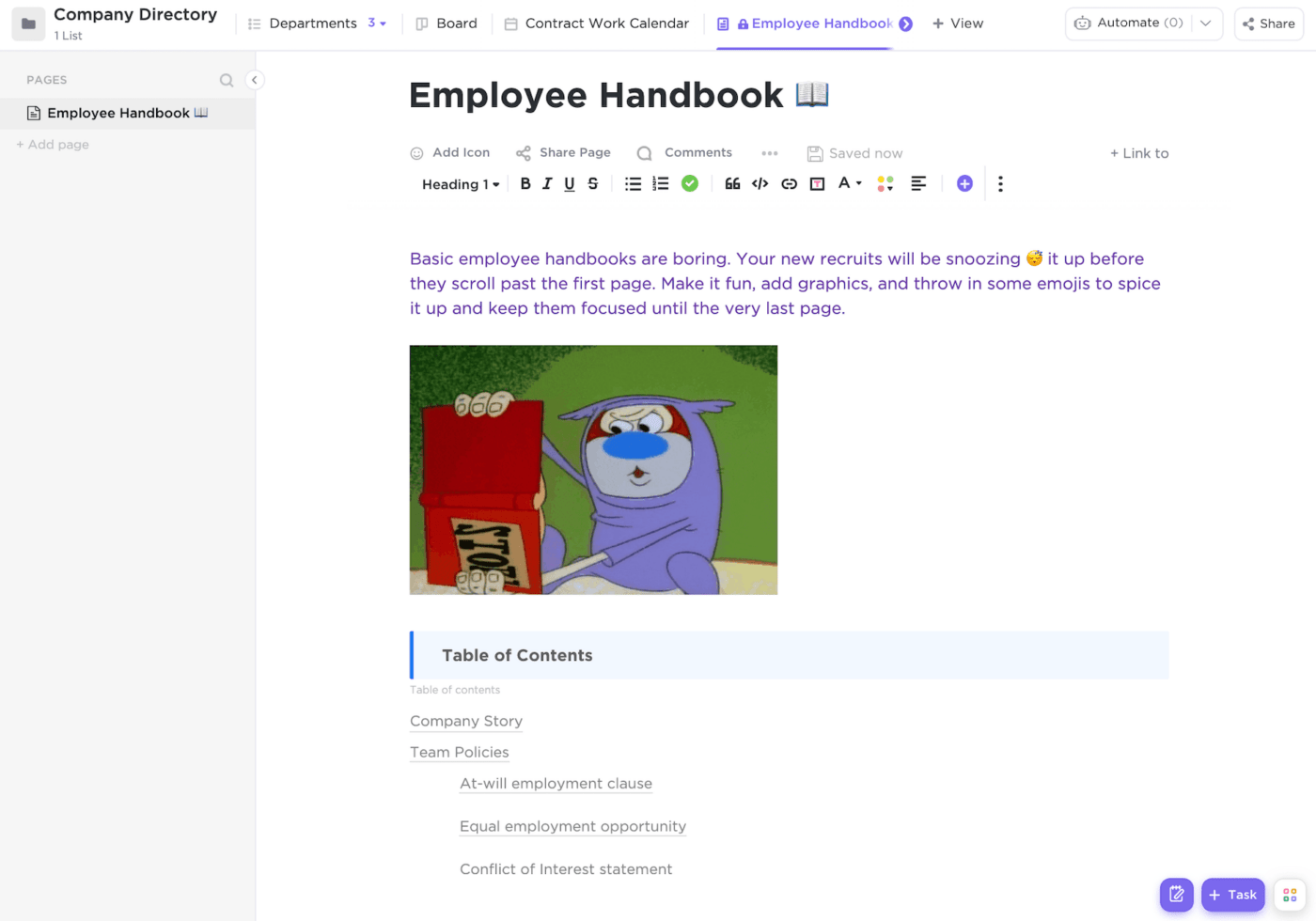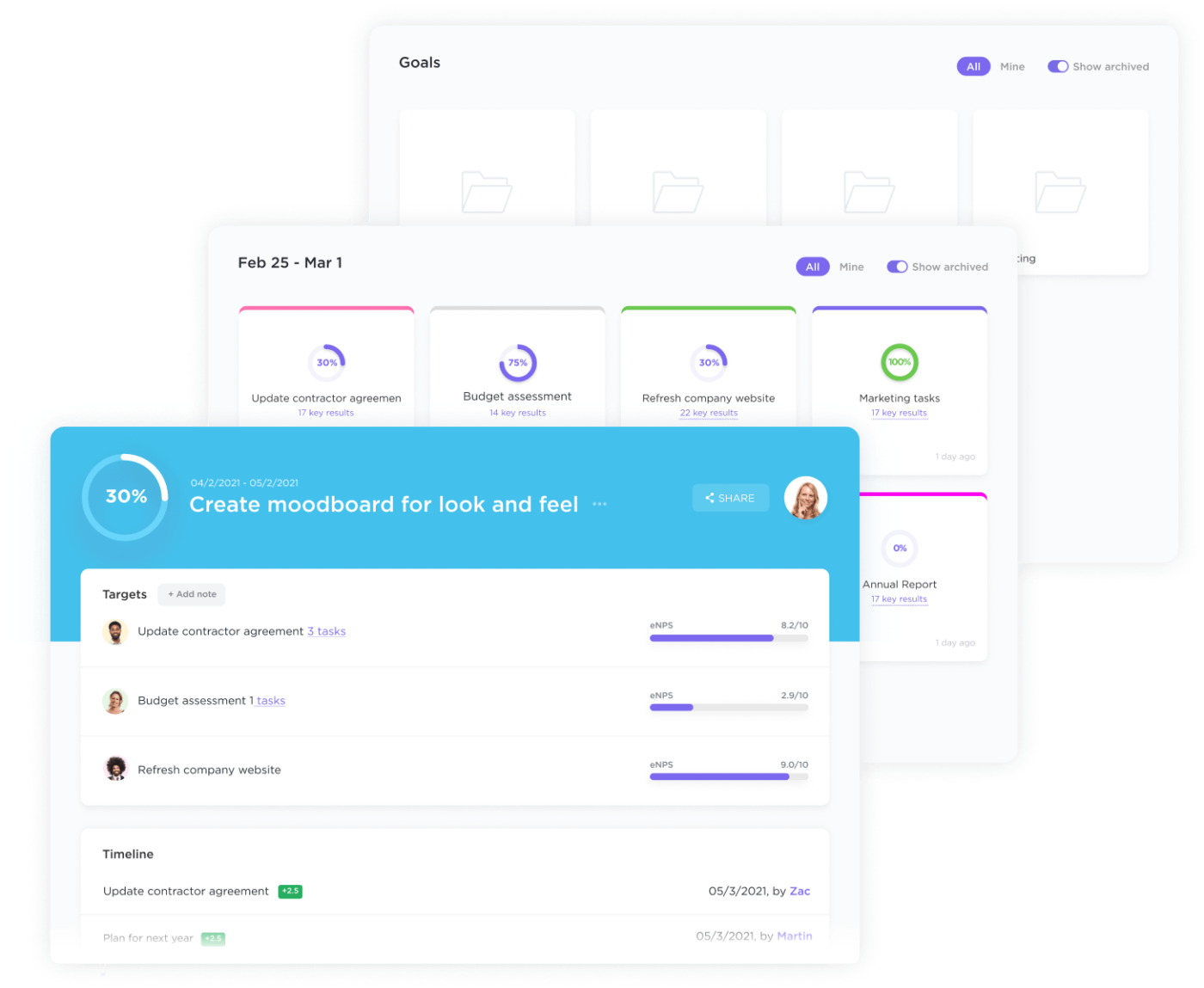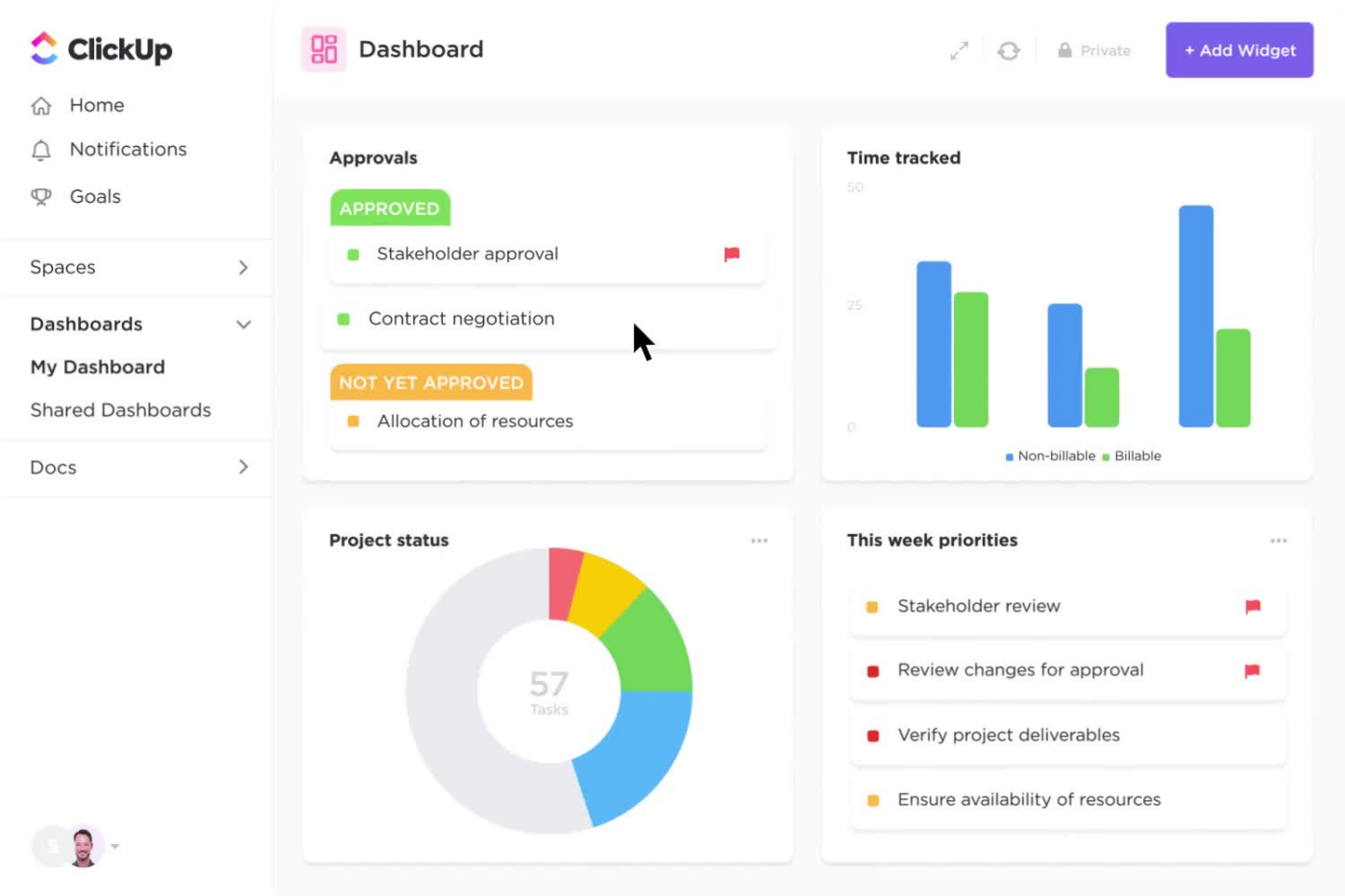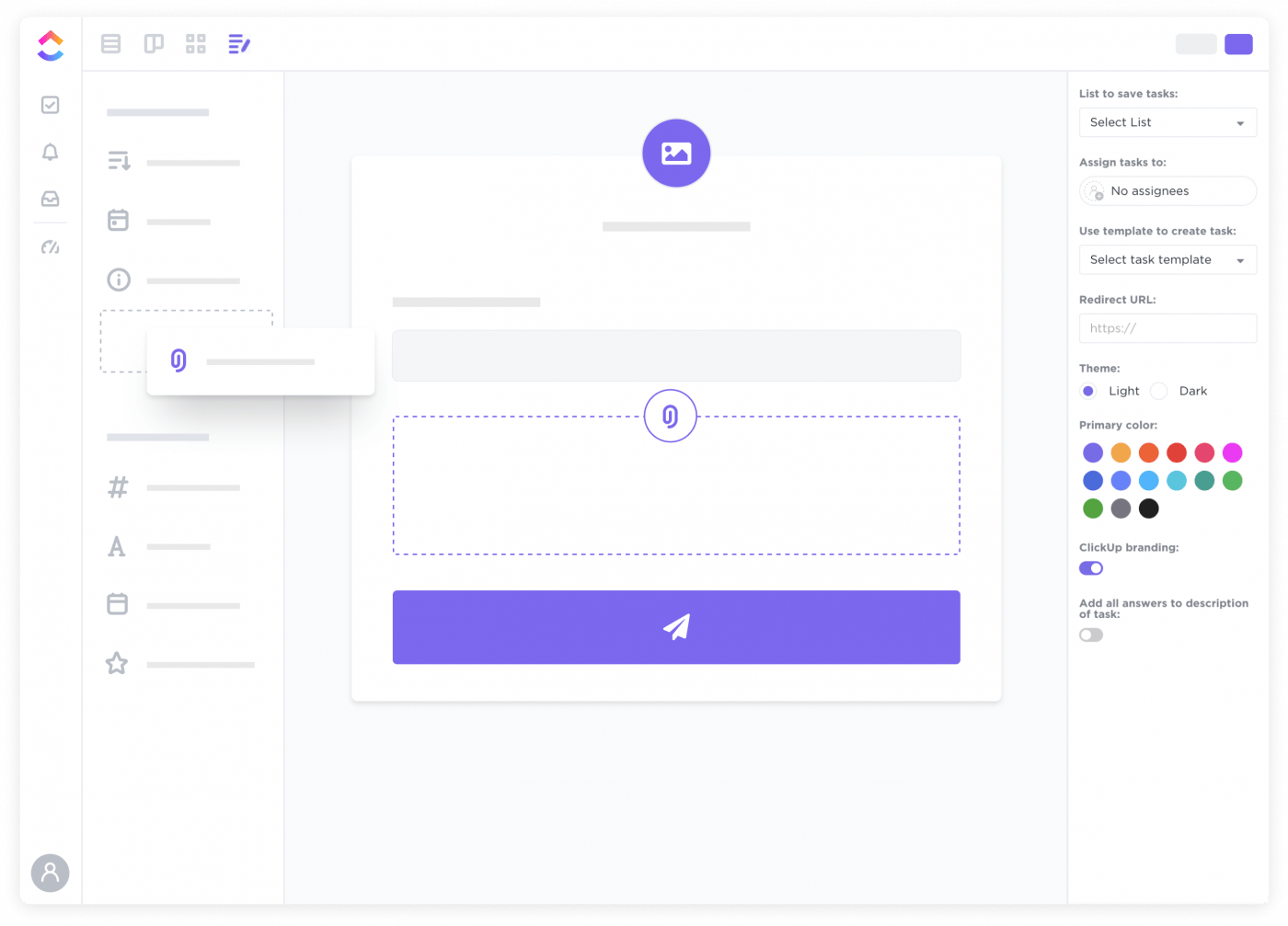

There’s no doubt that how you handle employee onboarding could make or break their experience. It sets the stage for their attitude moving forward.
Put yourself in a new hire’s shoes for a minute. 👀
You just went through an extensive job search and endured rounds of interviews to prove why you’re the best fit. After providing references, background checks, compensation discussions, and several interviews, you finally land the job! 🎉
Bright-eyed and eager to start, you show up to New Hire Orientation to finally meet the team and scope the new office. But what you get instead is a stack of paperwork, outdated company videos, and a long list of administrative to-dos with no instructions on how to proceed or who to go to for answers.

We’ve all experienced something like this or know someone who did. In fact, 88% of organizations have failed to meet their new hires’ expectations during the onboarding process. And it causes a negative ripple effect on employee sentiment, performance, and productivity.
If you’re an HR professional or have the ability to make the changes, you can take the steps to create a more impactful onboarding program that actually leaves a lasting impression beyond the first few weeks. 🙌
We’re here to show you employee onboarding examples and teach you how to use onboarding tools to streamline, track, and implement your program. Here are 12 real-life employee onboarding examples from professionals across various industries, including our very own ClickUp team!
Why is Employee Onboarding Important?
Employee onboarding processes allow companies to share their philosophies, values, mission, and the trajectory of the business. It’s a crucial period for the growth and future of both the company and the new hires, as this is when new employees learn more about the organization and how they can contribute to its success and envision their future with the company, giving them a roadmap to follow throughout their journey.

Well-organized, functional, and engaging employee onboarding programs can ensure alignment between the organization and the new hires and, in turn, improve employee retention rate by 82%, boost productivity by over 70%, and increases the team member’s willingness to refer the company to other candidates to 93%.
📌TL;DR—In today’s world, where employees value culture fit and alignment more than ever before, an effective, personalized, and engaging onboarding program is one of the top indicators of your corporate culture and is essential to attracting, retaining, and winning the hearts of your top talents.
What to Consider When Designing an Employee Onboarding Program
An effective onboarding strategy doesn’t have to be complicated—it just needs to be intentional, systematic, and with a splash of personalization. After all, this is your company’s shot at welcoming new hires into your world. It’s an opportunity to show them what you can offer as a company and how you can work and grow together. 🌱
Leading an effective employee onboarding program starts with an internal audit. Start by evaluating your current processes, understanding your company’s work culture and values, and aligning your organization’s goals with recruitment and HR goals. 🎯
5 questions for your HR team when evaluating current processes
1. Do your current employee onboarding process and practices align with our current company values? Are they tailored for the employees with their career growth and job satisfaction in mind?
📌 Why it matters: Over 56% of talents shared that they wouldn’t consider a job at a company if their values don’t align, and about 46% of employees in the U.S. and U.K. revealed they’re considering leaving their current employer because of mismatched values.
2. Do you have any feedback from your former and existing employees to review?
📌 Why it matters: Feedback is essential for successful onboarding. Honest employee feedback will give more insight into areas of opportunity to work on and adjust so you continually improve your employee experience.
3. What are the strengths, weaknesses, opportunities, and threats (SWOT) of your current onboarding program?
📌 Why it matters: Perform a SWOT analysis to help your organization identify each area. In turn, you’ll discover the insights you need to properly adjust your approach, as well as create fresh ideas to improve your overall employee experience and set more high-value initiatives and goals.
Learn more about SWOT analysis and see an example to help you get started here.
4. Does your HR team have a Standard Operation Procedure (SOP) that outlines your employee onboarding process in detail?
📌 Why it matters: Having clearly defined rules and actions documented and easily accessible for your team, and new hires can help standardize processes, reduce the learning curve and training time, and create alignment between new employees and employers.
⭐️ Pro tip: Get your HR SOP up and running, pronto. This HR SOP whiteboard template will help you organize and establish your HR to-dos and ensure that your staff is aligned with your company’s procedures.
5. What are your organization’s current 30-60-90 goals for the employee onboarding program?
📌 Why it matters: Once you’ve taken a 360-degree look at your current onboarding process, choose an area of opportunity and set focused and related goals. Use SMART goals to set your HR KPIs and metrics. Setting a 30-60-90 day plan for your HR and Talent Development teams helps clearly map out, define, and align on objectives. This also provides everyone with a regular check in so it’s easier to keep new hires on pace and see the efficiency of your onboarding program.
Looking for KPI examples for your HR team? This article details the 10 HR KPIs and metrics you need and how to track them. Once you’re ready to formally document them, apply the ready-to-use ClickUp SMART goals template to get an organized system for setting and tracking your goals in ClickUp.
Once you’ve completed your internal audit, it’s time to strategize and start planning how to create the best employee onboarding!
We’ve put together 12 real-life employee onboarding examples and ideas so you can see what can be incorporated to make your training program more memorable and impactful. ✨
12 Real-Life Examples of Employee Onboarding Practices
We asked CEOs, people managers, and company leaders for their insights on the best employee onboarding practices and welcoming new hires. From handwritten welcome letters to welcome kits, these real-life employee onboarding examples may inspire you to improve the overall experience for new employees.
Bonus: Interview Templates
Example 1: Provide training materials and assign a mentor before the start date
Benefits
- Helps new hires prepare for their first day
- Allows more time to absorb new information before the formal orientation period begins
- Gives new team members a chance to review materials and documents and gather questions together to ask during orientation
- Having a designated mentor gives new hires another resource for questions and helps them feel supported and learn role-specific information more effectively
How others are doing it
Example 2: Send a Welcome Kit gift
Benefits
- Helps new hires feel included, valued, and part of a team
- Reduces the feeling of new job anxiety
- I mean…who doesn’t like receiving gifts?! 😉
How others are doing it

Example 3: Create a witty, fun, and informative employee handbook
Benefits
- Shows positive company culture
- Makes learning new information fun
- Humanizes the learning experience (you’ll sound more like a human—talking to a human)
- Helps new hires feel more relaxed and comfortable in a new work environment
- Gives new employees a go-to for company policies

How others are doing it
📌 Pro tip
To make the first steps of onboarding easier for new hires, every company needs an employee handbook. And to make the complicated task of creating that handbook simpler, take advantage of ClickUp’s Employee Handbook Template!
ClickUp’s easy-to-edit and detailed Employee Handbook Template helps HR managers and company leaders:
- Organize all the necessary sections for your employee manual
- Customize each section with your company’s policies and onboarding process
- Collaborate on your employee handbook with real-time editing and easy sharing
- Provide professional resources to share with your employees

Example 4: Share a ‘welcome’ video from your company leaders
Benefits
- Creates a stronger rapport between leaders and employees
- Helps new hires feel welcomed and connected to their company leaders
- Gives new employees a chance to see and hear their leaders instead of reading an email (humanizes the experience)
- Creates excitement about the company and their role in the organization
How others are doing it
Example 5: Divide the onboarding process into phases
Benefits
- Gives new team members support and prevents them from information overload
- Optimizes learning and gives new hires the attention they need at the right time
- Allows new employees to focus on a few onboarding-related goals at a time
How ClickUp divides onboarding
The employee onboarding process at ClickUp is divided into three phases: Preboarding, Orientation, and Role-Specific Training.
The preboarding phase is led by the People Operations team, who ensures legal documents are signed, and all administrative tasks are completed before their orientation day.
The Orientation phase is managed by the Talent Development team, who provides the new hires with general information about the company, processes, and policy to ensure they know what they should be working on and setting them up for success.
Role-Specific Training is the last phase of the initial onboarding process. This is when new team members are introduced to tasks and information specific to their roles and teams.
How others are doing it
Proofhub’s employee onboarding framework is also divided into three phases. The first three weeks of onboarding are dedicated to helping the employee and organization get acquainted with each other.
New hires are also provided with a series of introductory videos and product demos to give the new employees a basic understanding of the company and our products. The second phase of onboarding includes a set of basic tasks for the new team member to complete to gauge their work efficiency and skill proficiency as well.
The final phase allows new hires to contribute their unique viewpoints on tasks and during weekly strategy sessions.
📌 Pro tip
Are your new hires remote or hybrid employees?
Digitize your onboarding program in ClickUp and manage employee onboarding from wherever you are! ClickUp allows you to easily create onboarding tasks, assign projects to the new employee, and even create custom statuses to clearly show each new-hire phase. Use this ready-to-use and editable Remote Employee Onboarding Template to get started now!

Example 6: Assign a brief initial project to study work style
Benefits
- Helps managers and company leaders with insight into each new team member’s working styles and learning preferences
- Helps managers identify their strengths, motivations, and skill level
- Opens up the opportunity for managers to converse with new team members to get feedback about the project and the workflow, as well as get insight into what the new team member enjoys and vice versa
📌 Pro tip
Everyone has different strengths, different challenges, and different styles of working and learning—these differences are what make each person unique and valuable to an organization. Build the best employee onboarding that’s suited for each individual by supporting their learning and working styles at work and by using HR tools with customization capabilities to allow each team member to personalize their workspace and workflow that best accommodates their needs and preferences. This will empower each new hire to build a workflow that enables them to work as efficiently and effectively as possible, and in turn, will be a win for your team as well. 🧠✨
How others are doing it
Example 7: Send a sincere handwritten or digital welcome letter
Benefits
- Builds connection and rapport between team members and managers
- Humanizes the onboarding process
- Helps new employees feel seen, heard, and appreciated
- Simple gestures can make a lasting impression and improve employee sentiment
📌 Pro tip
While writing a welcome letter to each employee might take up much time, the ROI is truly priceless. Not only does it create a positive start with your employees, but it also helps them feel valued and motivated to perform their best at work.
Here are 30 best welcome messages for new employees to help you give you ideas on how to start your letter. And when you’re ready to write your personalized message, use ClickUp Docs, where you can customize your letter by changing font colors, adding images, embedding videos, and more! Once you’re set to share it with your new employee, simply send a public or private link.

How others are doing it
Example 8: Share Loom or Clip videos for complex explanations
Benefits
- Employees can watch on their own time and can rewatch it as many times as needed
- It’s beneficial to everyone, including employees who are visual learners
- Recorded videos are helpful when explaining a process and complex ideas
- Team members can respond to Loom videos by adding emoji reactions or typing a comment

📌 Pro tip
Record, send, and play a Clip video all within a ClickUp task. Instantly capture your entire screen, app window, and browser tab, and add and record your voice while you create a walk-through video. When you’re finished recording, simply and instantly share your Clip video with your team or any new hire via a shareable link, or drop the link within a ClickUp task.

Example 9: Create user manuals for managers and all teammates
Benefits
- Team members can learn more about each colleague’s work, communication, and learning styles
- Gives employees insight into how to approach the person and situations at work
- Understanding how each team member’s preferences can help team cohesiveness and improve team communication and collaboration
- Learning more about each other and life outside of work can help bring the teams closer and humanize the workplace
📌 Pro tip
Create a “Working with Me” Doc in ClickUp and share it with your team members. Include helpful information such as personality type, management style and philosophies, communication styles, goals, hobbies, and pet peeves!
Example 10: Create an onboarding buddy program
Benefits
- Provides another level of support at work
- Helps strengthen company culture
- New hires can share the onboarding experience together
- Employees get an accountability partner to keep them motivated
How others are doing it
Example 11: Offer mentorship programs, 1-on-1 meetings, and educational workshops
Benefits
- Allows employees to grow 1% every day, set SMART goals, and create clear career paths
- Team members who are motivated by career growth can work on the right steps to get there
- Fosters a positive learning environment and helps sharpen soft and hard skills
- Allows team members to envision their future with the company and improve employee retention
How others are doing it
Example 12: Ask for continuous and honest feedback
Benefits
- Gives the organization and leaders insight into the success of the onboarding program
- Allows managers to work on areas of opportunities and continuously improve the process
- Provides leaders with ideas for upcoming team events and helps them understand the business from their employees’ perspectives
- Improves overall job satisfaction, employee engagement, and retention rates
- Allows employees to grow with your growing business
- Treats employees as equal contributors to the business
How others are doing it
That wraps up this round of employee onboarding examples! Now it’s time to give you tips on how to effectively set and track your onboarding program and efforts. 🎯
Quick Tips for Setting Goals and Tracking Success
By now, I hope we’ve helped spark some great ideas for your onboarding program! But to ensure it’s a success, you’ll need to set goals and measure your progress. Here are our tips for setting goals and tracking success:
- Use project management tools with goal-tracking features to help you effectively track your progress, identify blockers, and measure your program’s success.
- Establish SMART goals. This includes both short-term and long-term goals, and you need to set your objectives before your onboarding program begins.
- Set clear targets to track wins. Document and manage your targets in ClickUp and connect them to your tasks within the platform for more effective tracking.

- Organize your goals with folders. Create folders to track sprint cycles, OKRs, weekly employee scorecards, and any number of important team goals
- Use ClickUp’s Company OKR and Goals template. Help your team get started and provide a structured approach to goal-tracking

- Create a custom Dashboard in ClickUp. Bring all your work together and get a high-level overview of your work and view important details about your initiatives’ progress at a glance

- Use ClickUp’s Form feature. Create custom feedback forms for your new hires to complete pre and post-onboarding. Once the form has been completed and submitted, ClickUp will automatically create tasks out of the responses, allowing you to easily keep track of feedback, connect the task to your goals, and create action items to help you continually improve your employee onboarding experience

Set Your New Hires Up For Success and Nail the Onboarding Experience
Employees are the most valuable asset companies can have. It’s their experience, abilities, skills, knowledge, and perspectives that help shape the future of your business.
Just as much as they invest their time and energy into your organization, do the same for them and treat them as business partners. 🤝
Attract and retain top talent by understanding the importance of a solid onboarding program. Try out some of the employee onboarding examples shared by other professionals across industries.
Create a strong first impression, build rapport, provide them with all the tools they need to succeed in their roles, and allow them to evolve in their career within your organization. After all, they know the business the best.
These people are the voices and faces of the company and the mastermind behind many of your brilliant campaigns, projects, and initiatives.
It’s time to future-proof your onboarding and use a work tool that’s built for your whole organization—get organized, improve team collaboration, systemize your processes, and streamline your onboarding and talent development programs with ClickUp. 🚀


















